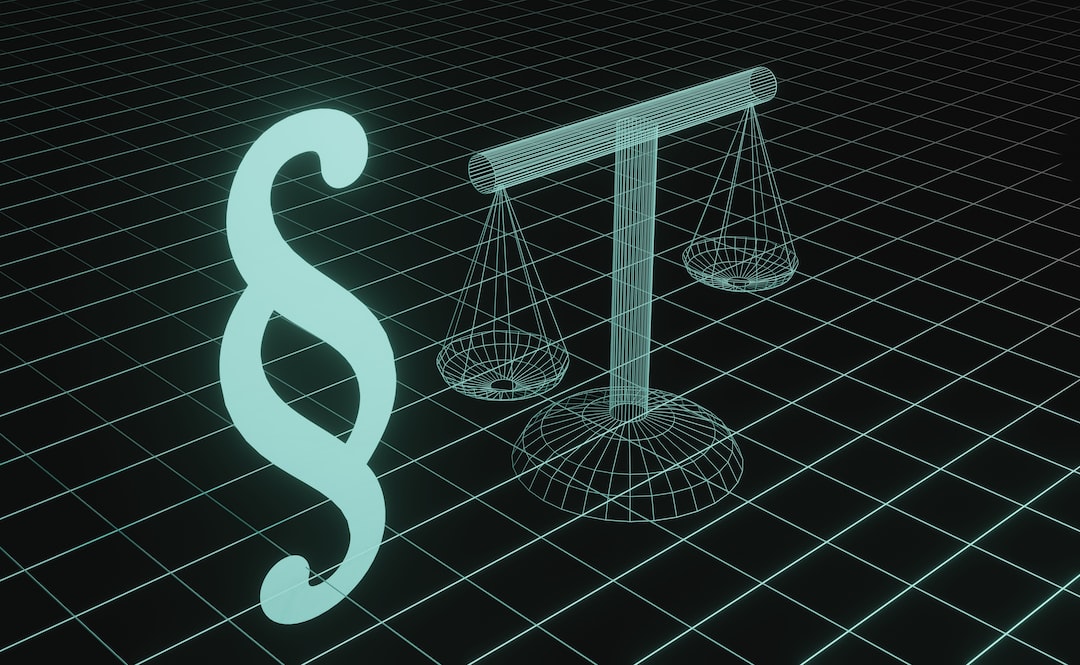Emerging Trends in Blockchain Technology
Blockchain technology has rapidly gained prominence in recent years, disrupting various industries and revolutionizing the way we transact and share information. Originally introduced as the underlying technology behind cryptocurrencies like Bitcoin, blockchain has expanded its capabilities and found applications across diverse sectors. As we usher in a new era of digital transformation, several emerging trends in blockchain technology are worth exploring.
One of the most significant trends in blockchain technology is the rise of decentralized finance (DeFi) platforms. DeFi utilizes blockchain to recreate traditional financial systems in a decentralized and trustless manner. With DeFi, individuals can access financial services such as lending, borrowing, and trading, all without relying on traditional intermediaries like banks. This emerging trend empowers individuals by giving them greater control over their finances, reducing fees, and increasing accessibility globally.
Another key trend in blockchain technology is the integration of blockchain with the Internet of Things (IoT). The IoT involves the interconnection of various smart devices, enabling them to communicate and share data. By incorporating blockchain into the IoT ecosystem, we can enhance security, transparency, and accountability. Blockchain provides an immutable and tamper-proof ledger where IoT devices can securely store and share information, creating a more efficient and trustworthy network.
Furthermore, blockchain technology is making significant strides in the healthcare industry. The healthcare sector faces numerous challenges related to data privacy, interoperability, and security. By leveraging blockchain, healthcare organizations can securely share patient data while preserving privacy. Additionally, the decentralized nature of blockchain ensures that health records are available and accessible to authorized individuals in a secure and efficient manner, reducing medical errors and improving patient outcomes.
Supply chain management is another area where blockchain technology is gaining traction. The global supply chain is complex, involving multiple parties and transactions. Traditional supply chain systems often lack transparency, making it difficult to track and verify the origin and authenticity of products. Blockchain enables a more transparent and secure supply chain by creating an immutable ledger that records every transaction. This enhances traceability, reduces counterfeiting, and ensures compliance with regulations and standards.
Moreover, blockchain technology is evolving to address environmental and sustainability challenges. With concerns about carbon emissions and climate change growing, blockchain-based solutions are emerging to enable transparent and accountable carbon tracking. By integrating blockchain with carbon markets, we can create a decentralized platform where carbon credits can be traded transparently, incentivizing organizations to reduce their carbon footprint.
Artificial intelligence (AI) is also being integrated with blockchain technology to create more intelligent and efficient systems. AI algorithms can analyze vast amounts of data stored on the blockchain to provide valuable insights and predictions. This combination enhances decision-making processes, automates tasks, and optimizes various operations across different industries.
Finally, the convergence of blockchain technology with edge computing is an emerging trend to watch. Edge computing involves processing and analyzing data on edge devices, closer to the source of data generation. By combining blockchain with edge computing, we can enhance data security and privacy by eliminating the need for data to be transmitted to centralized servers. This trend has immense potential in areas such as autonomous vehicles, smart cities, and industrial IoT.
In conclusion, blockchain technology continues to evolve and transform various industries, paving the way for a more decentralized, secure, and efficient future. The emerging trends in blockchain technology mentioned above are just a glimpse of the vast potential this technology holds. As we move forward, it is essential to embrace and explore these trends to leverage the full capabilities of blockchain technology and drive innovation across different sectors.





